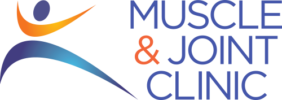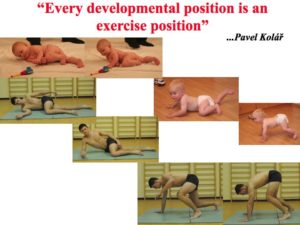What is Dynamic Neuromuscular Stabilization (DNS)?
Dynamic Neuromuscular Stabilization is an innovative approach to restore proper, pain-free movement based upon 60+ years of research. DNS encompasses the principles of developmental kinesiology (movement development) during the first year and a half of life. It is designed to stimulate the movement control centers in the brain in order to activate the body’s stabilizing system. When we were babies, we developed healthy movement patterns from innate, genetically-based brain programs. These patterns remain in the central nervous system into adulthood. Lifestyle and injuries hinder this synergy by altering our posture and movement pattern.
How will DNS help me?
You are most vulnerable to injury when your body compensates with abnormal posture and movement patterns. Using DNS to retrain healthy movement patterns helps prevent injuries and allows you to perform to your maximum capabilities, pain free.
What should I expect form treatment?
Treatment consists of an assessment to better understand where the key links to your dysfunction are located, then addressing them to bring the body back to its proper motion. There is a set of functional tests to assess which muscles are weakened by not firing and which muscles are being overused. Functional exercises, based upon our developmental movements, are implemented to restore your optimal patterns necessary for stabilization.
Why Not Go To The Gym, Do Yoga, Or Use An Exercise App?
Rehabilitation and exercise should focus on training muscles in their dynamic anatomical function as well as their stabilizing function. The DNS approach is an important method for both assessment and training of muscular & neurological systems in all facets of their physiological function by using positions determined by how you developed. Bottom line is that we are training your brain to move your body ideally, without compensation, dysfunction, or pain.
Ultimately, the objective is to “train the brain” to maintain central control, joint stability, and ideal quality of movement. This is achieved through the guidance from your doctor at Muscle & Joint Clinic. With Dynamic Neuromusclualr Stabilization exercises, the central control restores an automatic model that becomes a fundamental part of everyday movement and skills. Integration of an ideal pattern of stabilization reduces the risk of injuries as well as pain.


